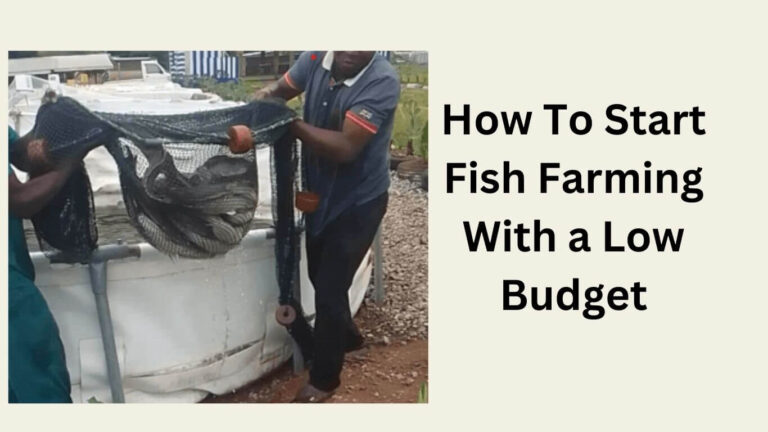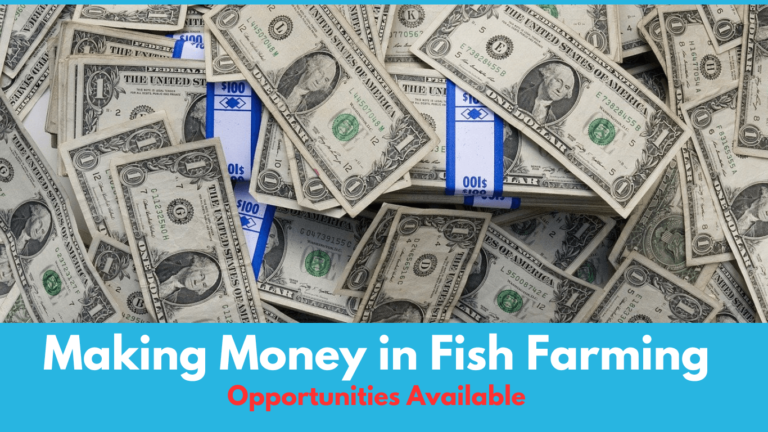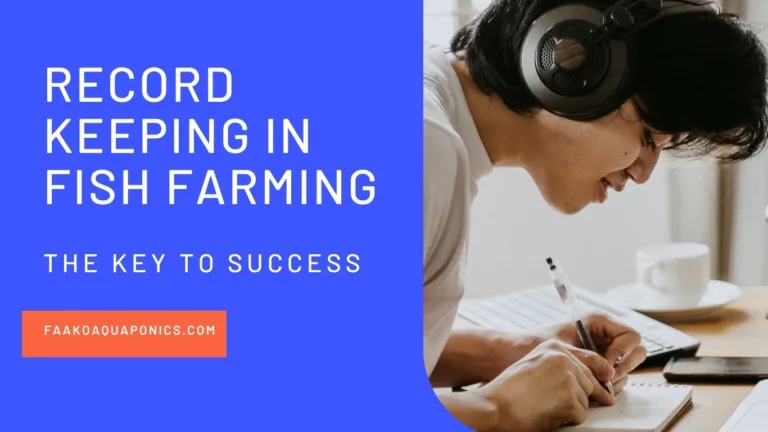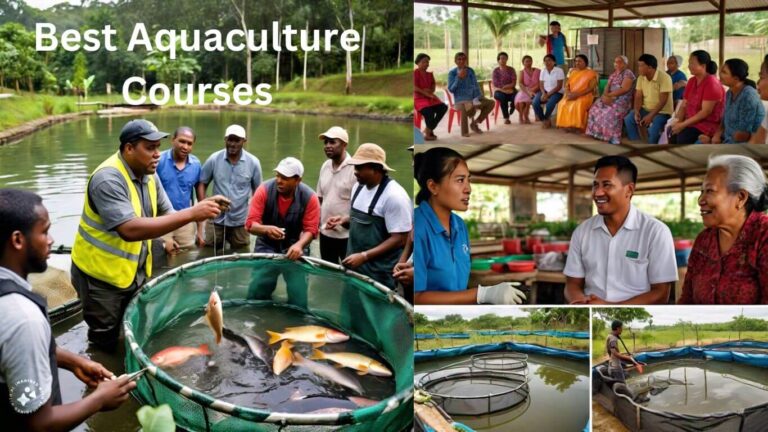Start fish farming with a low budget to make maximum profit from your fish farm. Most fish farmers begin their fish farming journey but are unable to continue after their first harvest. Simple because their harvest is far less than their investment and they think they cannot make it through.
Some are unable to even finish their fish farm setup because they started and realized that they need more capital than they think.
In this article, I shall take you through the best ways how to start fish farming with a low budget to be able to continue in the industry. Let’s consider the below ideas on how to start fish farming with a low budget.
How To Start Fish Farming With a Low Budget
Choosing the Right Fish Species
Selecting the appropriate fish species is crucial for a successful fish farming operation, especially when operating on a low budget.
Opting for species that are low-cost, resilient, fast-growing, and well-suited to the local climate can significantly reduce costs associated with disease management and environmental control.
To start fish farming with a low budget, the common budget-friendly fish species suitable for beginners include tilapia and catfish. These two species are fast to grow, simple to rear with low experience, and have high demand in the market.
Site Selection and Preparation
Careful consideration of the farm site is essential for minimizing costs and maximizing efficiency.
When selecting a site for your fish farm, prioritize locations with access to clean water sources, sufficient space for expansion, and proximity to markets or distribution channels to reduce transportation costs.
Additionally, preparing the site properly by clearing vegetation, leveling the land, and ensuring adequate drainage can prevent costly setbacks down the line.
To ensure a proper way how to start fish farming with a low budget, don’t select a site or land area where there are so many trees and vegetation that may require bulldozers or Manuel labor to clear. All these will come at a cost. So select a simple well drainage area that will require little or no labor to prepare for a fish pond.
Use Recirculating Aquaculture Systems (RAS)
While traditional pond-based aquaculture systems can be costly to establish and maintain, Recirculating Aquaculture Systems (RAS) offer a more cost-effective alternative for beginners.
RAS utilizes filtration and water recirculation technology to minimize water usage and maintain optimal water quality. This reduces the need for large volumes of water and expensive water treatment chemicals.
However, the RAS may also involve costs such as the purchasing of submersible water pumps, PVC pipes, containers, and electricity. To start fish farming with a low budget, the RAS makes judicious use of water. So the cost of water will reduce drastically because you don’t need to always change the water.
You can also buy the RAS material and do it yourself by watching tutorials to reduce the cost of implementation.
DIY Pond Construction
For those who want to start fish farming with a low budget, constructing fish ponds using do-it-yourself (DIY) methods can be very helpful.
I’m going to recommend three ways to reduce the cost of pond construction.
First, you can install the tarpaulin fish pond yourself after taking some training or courses. You simply get the tarpaulin, and get a tailor to sew it to the size you want and the shape. The shape is mostly circular, rectangular, or square. Get either PVC pipes or galvanized pipes to use as stand frames to hold the tarpaulin.
If you intend to use RAS, you can install it there.
Second, construct a concrete pond by simply building pillars plastering it, and making sure it doesn’t leak.
Lastly, you can simply dig a ground to the size you want. That is an earthen pond. If the ground soil is clay and can hold water, far enough. If it cannot, and you want to start fish farming with a low budget, then line it with a rubber, plastic, and or tarpaulin.
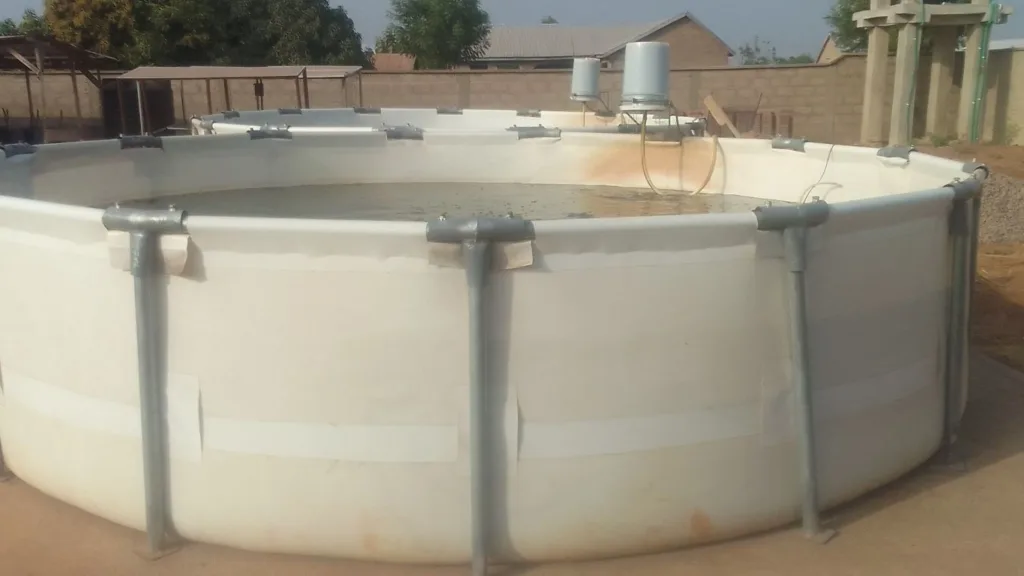
Tarpaulin Fish Pond with RAS
Feeding Strategies
Feeding accounts for a significant portion of operational costs in fish farming. To minimize expenses, beginners can explore cost-effective feeding strategies such as formulating homemade fish feeds using locally available ingredients like rice bran, soybean meal, and fishmeal substitutes. Additionally, implementing feeding regimes that optimize feed conversion ratios and minimize wastage can further reduce feeding costs while ensuring optimal growth and health of the fish.
Integrated Farming Systems
Implementing integrated farming systems can provide beginners with additional revenue streams while reducing input costs.
You can have what we call Aquaponics, where the waste of the fish is used to grow crops and recycle the water, purify it back to the fish pond again.
By combining fish farming with complementary agricultural activities such as poultry rearing, vegetable gardening, or aquaponics, aspiring fish farmers can leverage synergies between different components of the farm to maximize resource utilization and overall profitability.
Disease Prevention and Management
To start fish farming with a low budget, you need to prevent and manage diseases to maintain the health and productivity of stocked fish, especially in budget-conscious operations. Implementing biosecurity measures such as quarantine protocols, regular health monitoring, and vaccination programs. This can help prevent the introduction and spread of diseases, reducing the need for expensive treatments and minimizing production losses.
Market Access and Value-Added Products
Accessing markets and securing favorable prices for fish products is essential for profitability in fish farming.
Beginners can explore direct marketing channels such as farmers’ markets, and community-supported agriculture (CSA) programs. Online platforms such as Social Media Marketing to bypass intermediaries and capture a larger share of the retail price.
Additionally, adding value to fish products through processing techniques such as smoking, drying, or filleting can increase market appeal and command higher prices. This can improve overall returns on investment.
Continuous Learning and Adaptation
Start fish farming with a low budget, there is always room for improvement.
Finally, continuous learning and adaptation are key to success in the dynamic field of fish farming.
Beginners should remain open to new ideas, technologies, and best practices, actively seeking out opportunities for training, networking, and knowledge exchange within the aquaculture community.
By staying informed and adaptable, aspiring fish farmers can navigate challenges, seize opportunities, and build resilient, cost-effective operations that thrive in the long term.
Conclusion
To start fish farming with a low budget is entirely feasible with careful planning, strategic decision-making, and a willingness to learn and adapt.
By implementing cost-effective tips and strategies such as selecting the right fish species, and optimizing site selection and preparation.
Investing in recirculating aquaculture systems, and exploring integrated farming systems, beginners can build successful and sustainable fish farming operations that generate profits while minimizing expenses.
With dedication, creativity, and a commitment to continuous improvement, aspiring fish farmers can turn their budget-friendly ventures into thriving businesses with a bright future ahead.


